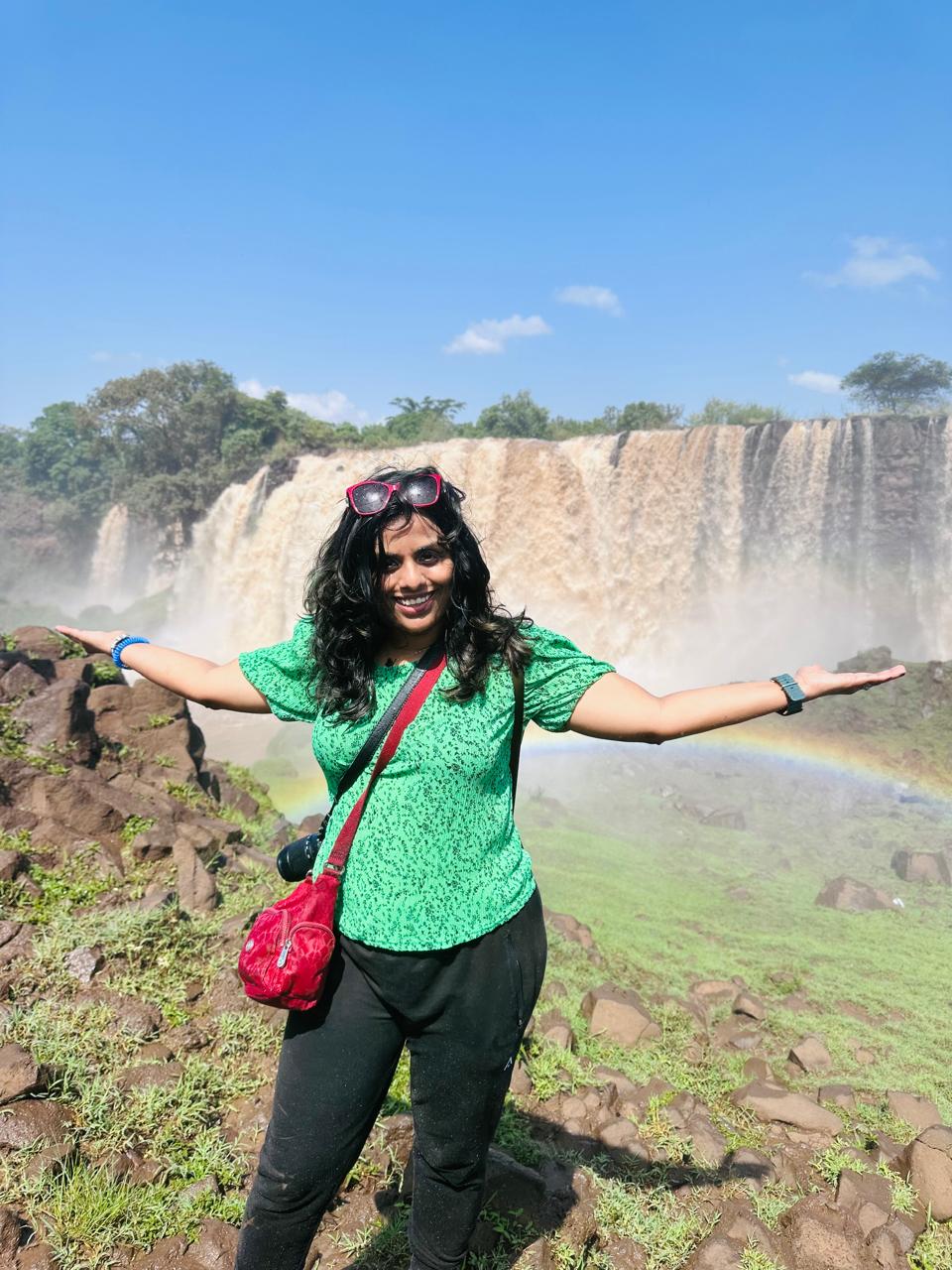The second morning in Bahir Dar, I headed out to see the famous Blue Nile Falls, known locally as Tis Issat—which translates to “Water That Smokes.”
Aby, my ever-knowledgeable guide, warned me that I wouldn’t see the falls in their full glory because it was dry season. Still, I was hopeful.
We drove for about 45 minutes through beautiful countryside—lush fields, donkeys, tuk-tuks, and kids waving at the car like I was a celebrity. We parked, and then it was time to walk.
Now, when I say walk, I mean trek. The route is rocky, uphill, winding, and filled with surprises. A bunch of little kids started walking beside me, offering souvenirs and leading the way like mini tour guides. I bought one small necklace just so I wouldn’t feel like a complete villain.
On the way, Aby pointed out local plants, including chat (the infamous stimulant leaf) and the enset plant, known as the “false banana.” It looks like a banana tree but is used to make a starchy bread-like food called kocho. You don’t eat the fruit—you eat the stem. Only in Ethiopia.
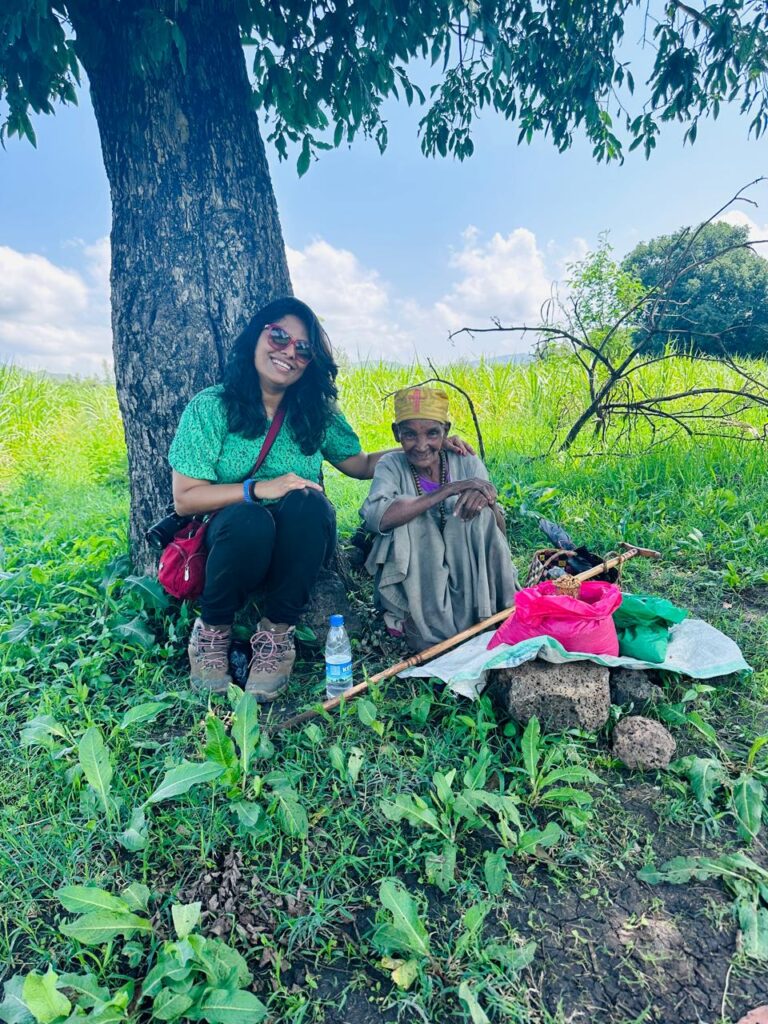
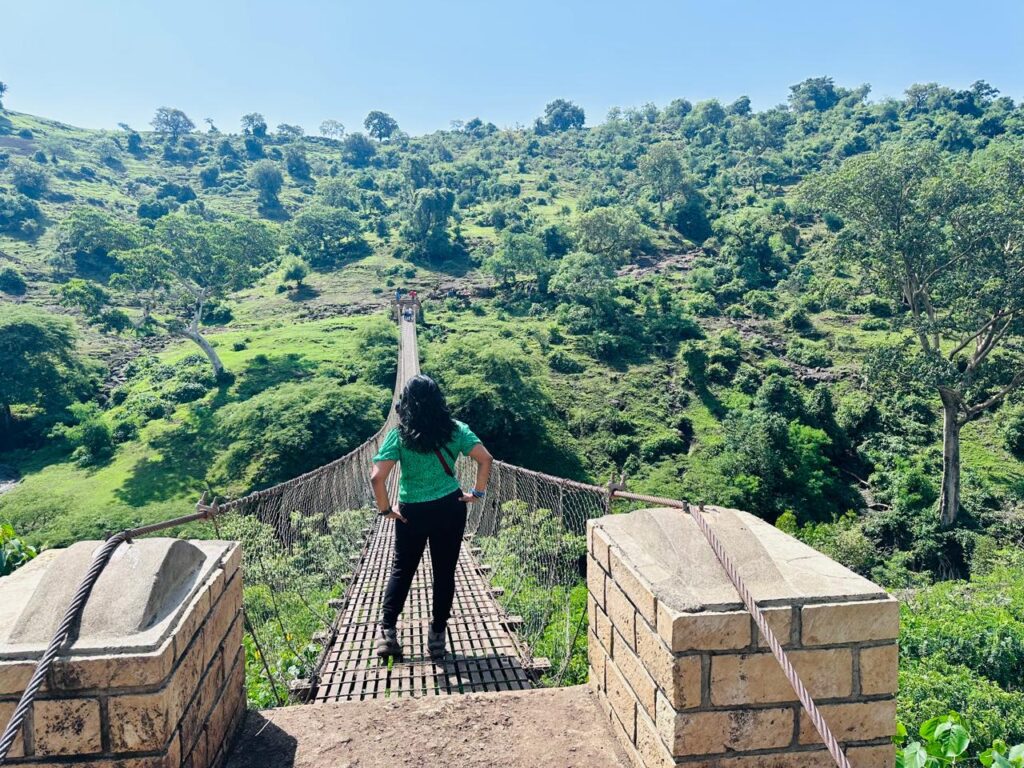
And then I heard it—the roar. Even in dry season, the falls make themselves known before you see them.
We crossed an old stone Portuguese bridge, built in the 17th century by order of Emperor Susenyos. It’s a charming structure, complete with moss, legends, and goats that seem to have been appointed as its unofficial guards.
And then there it was: the Blue Nile Falls. Not as thunderous as in the rainy season, but still powerful. The water plunged down in white sprays, surrounded by green cliffs and mist. Even half-strength, the sight was spectacular.
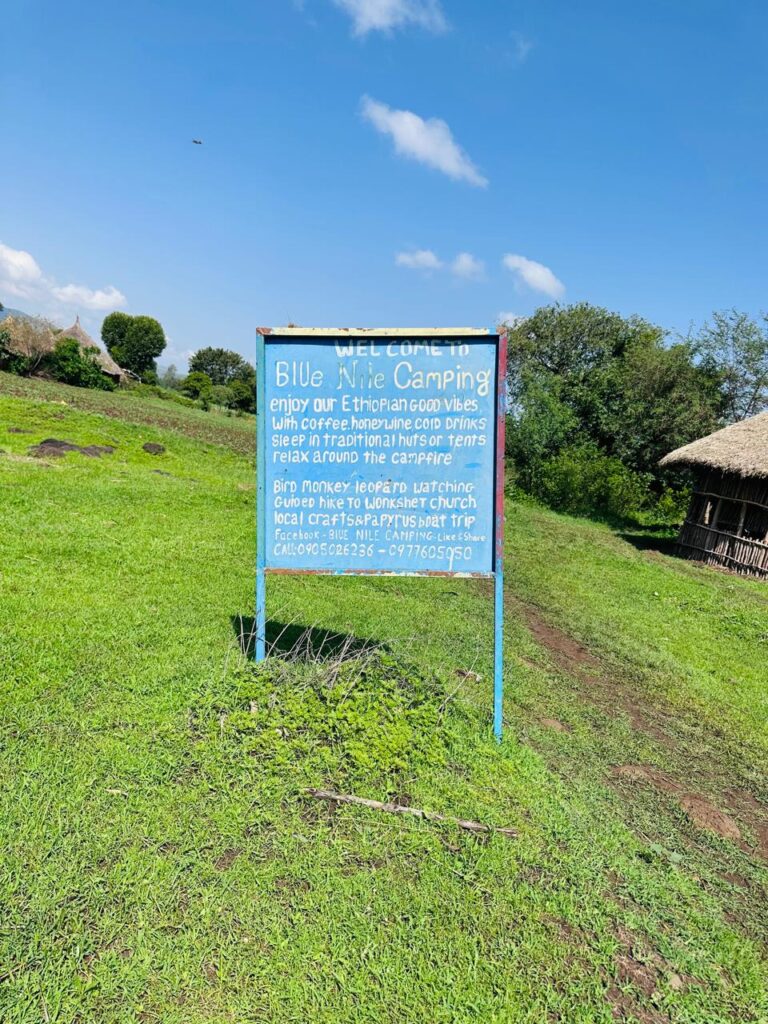

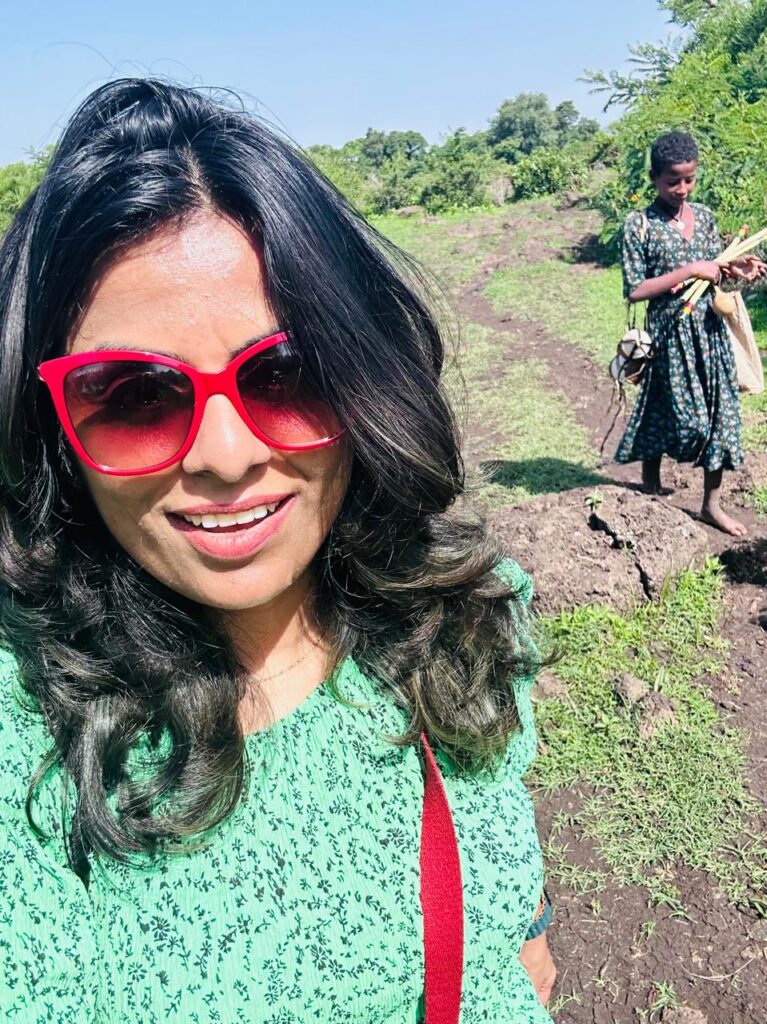
Aby said during peak rains (June–September), the falls can span 400 meters wide and plunge 45 meters deep. But for most of the year, a dam upstream diverts much of the flow for hydroelectric power—so timing is everything.
A few steps down, there’s a viewing platform that tests both your nerves and your balance. I stood there, soaked in mist, smiling at nothing. I didn’t need it to be perfect. It already was.
Coming back was easier (gravity helps). The village boys there asked for “caramella” – that’s their way of asking for chocolates. I gave a pen.. He beamed.
That moment reminded me of something: when traveling, you give a little of yourself everywhere you go. Sometimes it’s money, sometimes attention, sometimes a pen. And sometimes, if you’re lucky, you get something intangible in return—a story.


